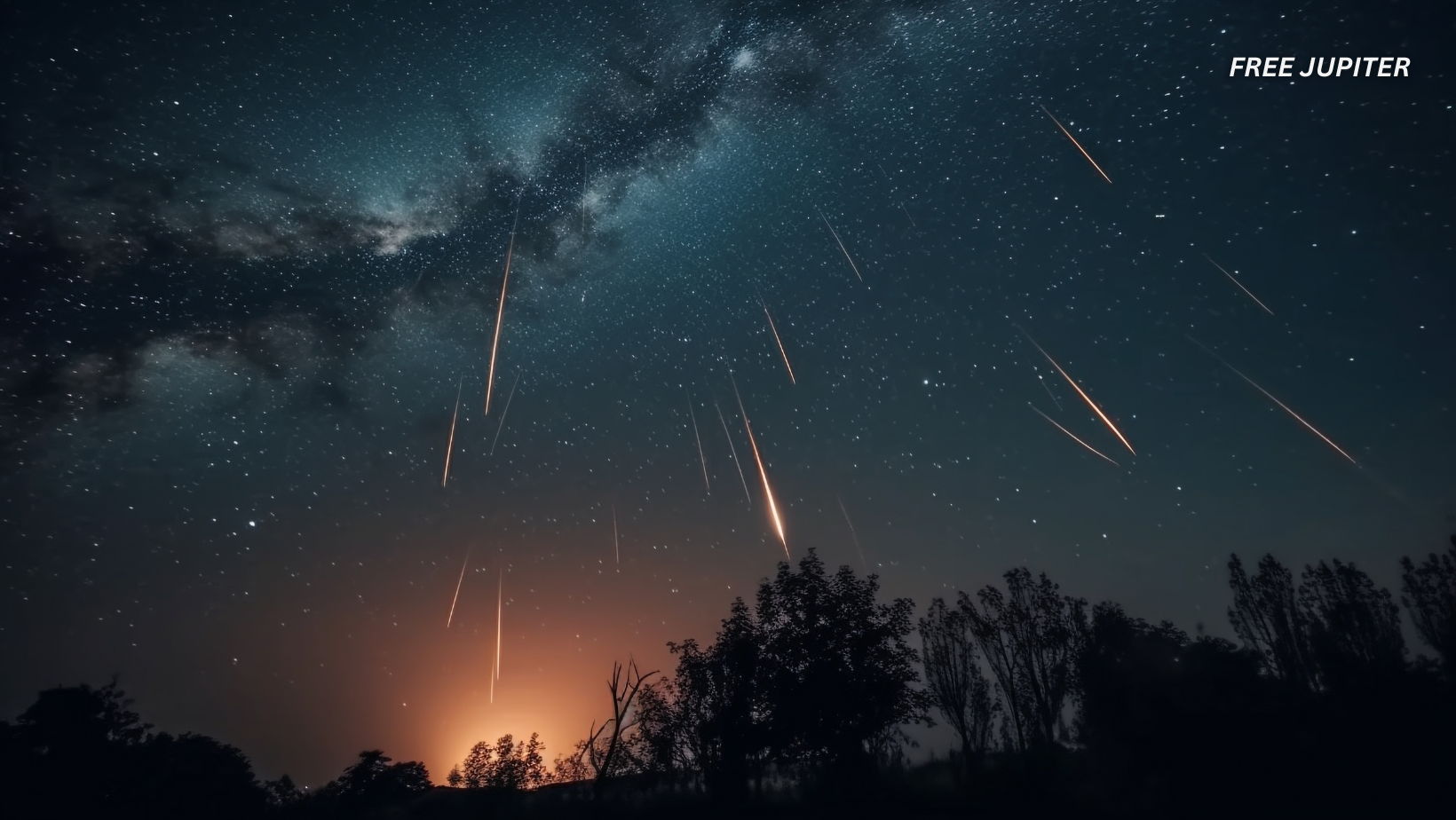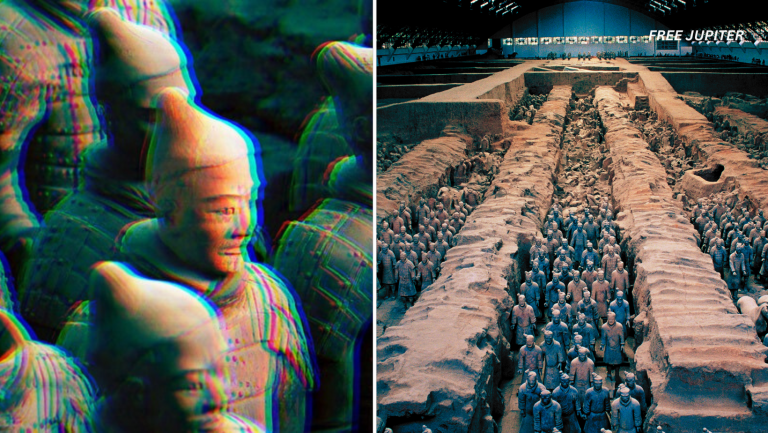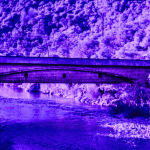Each spring, something remarkable unfolds in the night sky. A celestial display known as the Lyrid meteor shower makes its annual appearance, bringing with it the promise of swift, glowing streaks across the heavens. Though not the most prolific meteor event of the year, the Lyrids have earned their reputation through brilliance, history, and the occasional surprise.
In 2025, this stunning event is expected to light up the skies once more, offering night owls and stargazers a unique opportunity to witness meteors that have been admired for millennia. With a bit of planning and patience, this natural wonder can be fully appreciated. Here’s what to know and how to prepare for the cosmic spectacle.
An Ancient Phenomenon Still Going Strong
The Lyrid meteor shower is one of the oldest known to humankind. Historical accounts trace it back more than 2,700 years, with observations recorded by ancient Chinese astronomers as early as 687 BC. Since then, the Lyrids have returned every April, drawing eyes upward in search of light falling from the darkness.
These meteors originate from the debris trail left behind by Comet Thatcher (C/1861 G1), a long-period comet that orbits the Sun once every 415 years. As Earth passes through the remnants of this ancient visitor, tiny particles burn up in our atmosphere, resulting in the brilliant flashes we see as meteors.
Activity Period and Peak Time
In 2025, the Lyrid meteor shower is expected to be active from April 16 through April 25. Though meteors may be spotted on any night within this window, the peak activity is anticipated during the early morning hours of April 22.
The exact peak has been forecast for approximately 6:32 AM Eastern Standard Time, which translates to 3:32 AM Pacific Daylight Time. For those located in North America, this means that the late hours of April 21 and the pre-dawn hours of April 22 are the most favorable for viewing.
Read more: That Asteroid Threatening to Hit The Earth Probably Won’t Anymore
When to Watch for Best Results
While a few meteors may be seen in the evening, optimal viewing typically occurs after midnight and continues until dawn. That’s because the radiant—the point in the sky where the meteors appear to originate—rises higher as the night progresses.
The Lyrid radiant lies in the constellation Lyra, not far from the bright star Vega, which is one of the most prominent stars in the Northern Hemisphere’s spring sky. As Lyra ascends in the northeastern sky, the chances of spotting meteors steadily increase. By the time dawn approaches, the radiant will have reached its highest point, giving viewers the best odds.
Favorable Lunar Conditions
Meteor watching is best done under dark skies, so the phase of the Moon is a critical factor. Fortunately, the Moon will be in its waning crescent phase during this time in 2025. It will rise only a few hours before the Sun, which means that most of the night will remain moonlight-free and ideal for meteor observation.
The absence of significant moonlight should enhance visibility, allowing more meteors—including fainter ones—to be spotted against the dark canvas of the sky.
Location Matters: Find Darkness
The most important ingredient for a successful meteor-watching experience is a dark, unobstructed sky. Light pollution from cities and suburbs can drastically reduce visibility, washing out all but the brightest meteors. For that reason, observers are encouraged to seek out rural or secluded areas far from artificial lighting.
Mountains, national parks, and remote countryside locations are all excellent choices. The wider your view of the sky, the better. Try to find a spot with a clear horizon and minimal obstructions like trees or buildings.
Eyes Need Time to Adjust
A successful viewing session requires a bit of preparation—and a touch of patience. Upon arriving at your chosen observation site, allow your eyes to adapt to the darkness. This process can take around 15 to 30 minutes. Avoid looking at your phone or any other bright screens during this time, as doing so can reset your night vision.
It’s recommended that red lights or dim settings be used for necessary illumination to help preserve your ability to see in the dark.
Read more: People Mystified As Huge Spinning Blue Spirals Are Being Spotted In Skies Around The World
Comfort Counts—Dress for the Chill
Even during spring, nighttime temperatures can dip, especially in open or elevated areas. Dressing in layers and bringing along warm clothing will ensure a more enjoyable experience. A reclining chair, sleeping bag, or blanket can also make a big difference, allowing you to lie back comfortably and watch the skies without straining your neck.
Bringing along snacks, warm drinks, or even soft music can add to the experience and help pass the time between meteors.
What to Expect in the Sky
Under optimal viewing conditions, an average of 10 to 15 meteors per hour might be observed during the Lyrid peak. While this number doesn’t compare to heavier showers like the Perseids or Geminids, the Lyrids are appreciated for their brightness and speed. Some meteors can appear as fireballs—larger, more brilliant flashes that can briefly outshine even the stars.
Another unique trait of the Lyrids is their persistent dust trains—glowing trails left behind by the meteors that may linger in the sky for several seconds after the meteor itself has vanished.
Using a Star Map or App Can Help
Although knowing the radiant’s location isn’t necessary for watching the shower—meteors can streak across any part of the sky—being familiar with Vega and Lyra can be helpful for orientation. Many stargazing apps and sky maps are available and can guide you to the right region of the sky.
Still, it’s best to keep your gaze sweeping broadly and not fixate on one part of the sky. The wider your field of view, the greater your chance of catching a meteor.
Capturing the Moment: Photography Tips
Astrophotography enthusiasts might want to try capturing the meteor shower on camera. To do this, a tripod-mounted DSLR or mirrorless camera is usually best. Use a wide-angle lens and long exposure settings to increase your chances of recording meteors.
A remote shutter release or interval timer can automate the process, allowing hundreds of exposures to be taken while you relax and enjoy the show. For beginners, even modern smartphones in night mode might be able to catch the brighter streaks with a bit of luck.
Read more: Scientists Discover Two Giant Mystery Structures Lurking Under Africa
Weather Can Make or Break the View
One of the biggest wildcards in meteor viewing is the weather forecast. Cloud cover, humidity, and haze can all affect visibility. Be sure to check local weather predictions in advance and be flexible with your plans if necessary. Sometimes, driving just a short distance can make the difference between a clear sky and one that’s overcast.
Patience Is Part of the Process
Meteor showers are known for being unpredictable. While estimates can be made, no one can guarantee a constant flurry of activity. Some periods may go by with only a handful of meteors. Then, suddenly, a burst of activity might light up the sky.
Remaining patient—and simply enjoying the quiet, meditative atmosphere of stargazing—can make the experience feel rewarding, even if the meteor count is low.
In Summary
The return of the Lyrids offers a chance to reconnect with nature, history, and the cosmos. While modest in numbers compared to some other meteor showers, the event carries a timeless charm. With a little effort—choosing the right location, preparing for the cold, and watching with patience—a rewarding encounter with falling stars can be had.
So, mark your calendar for April 21–22, 2025. Step outside. Look up. And let yourself be reminded of the wonders still unfolding above our heads.










